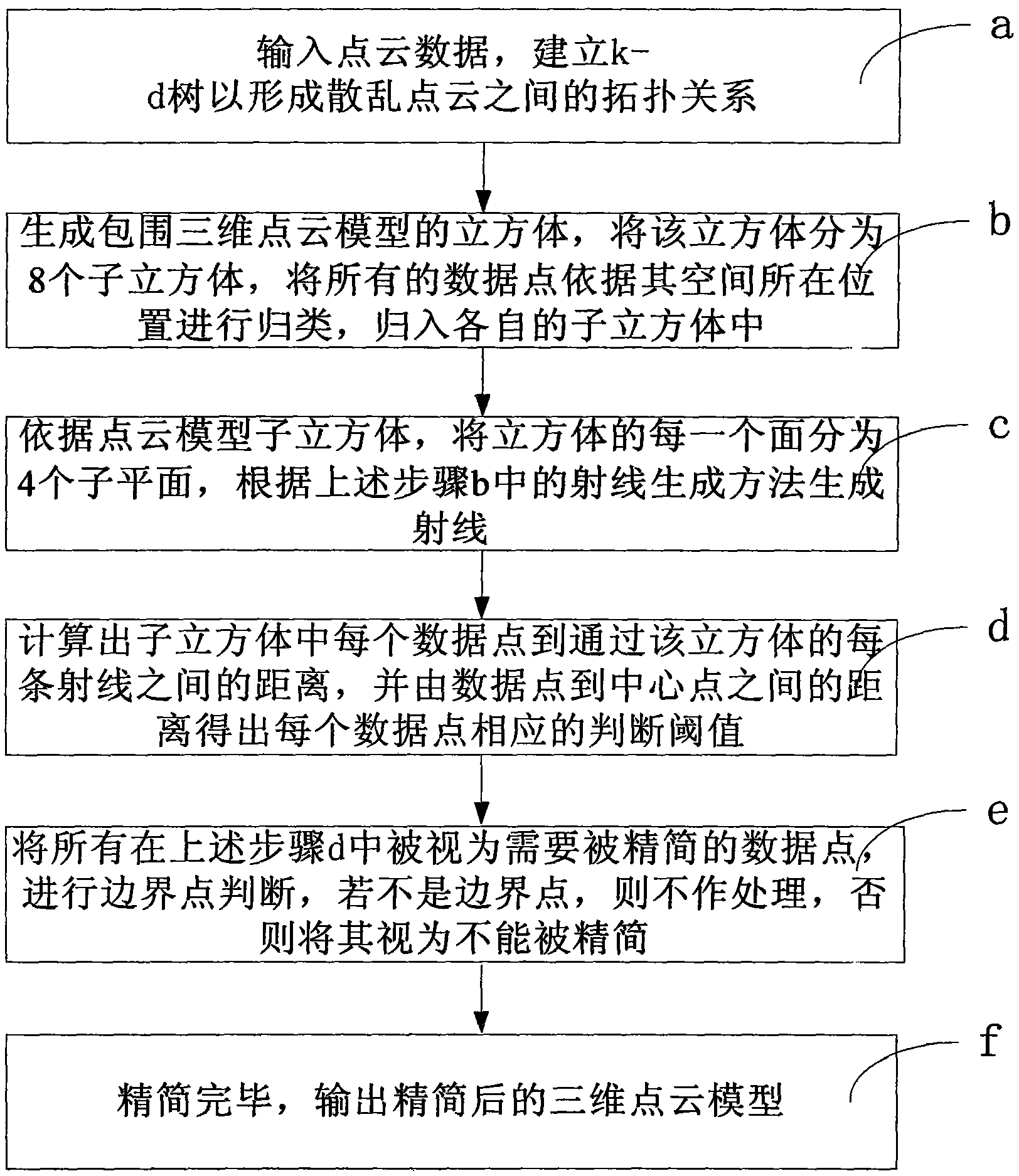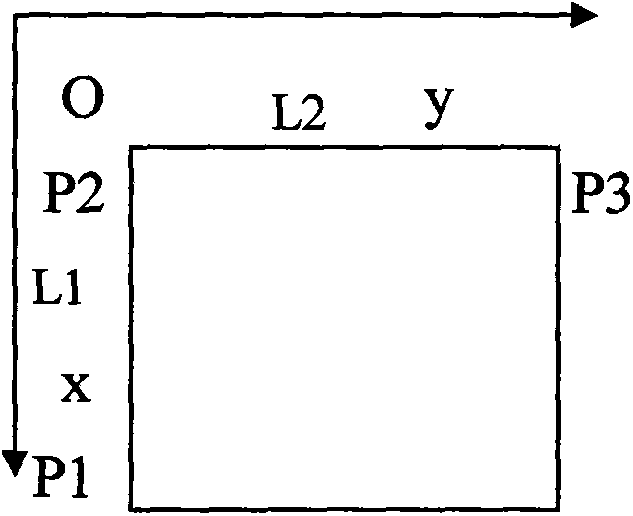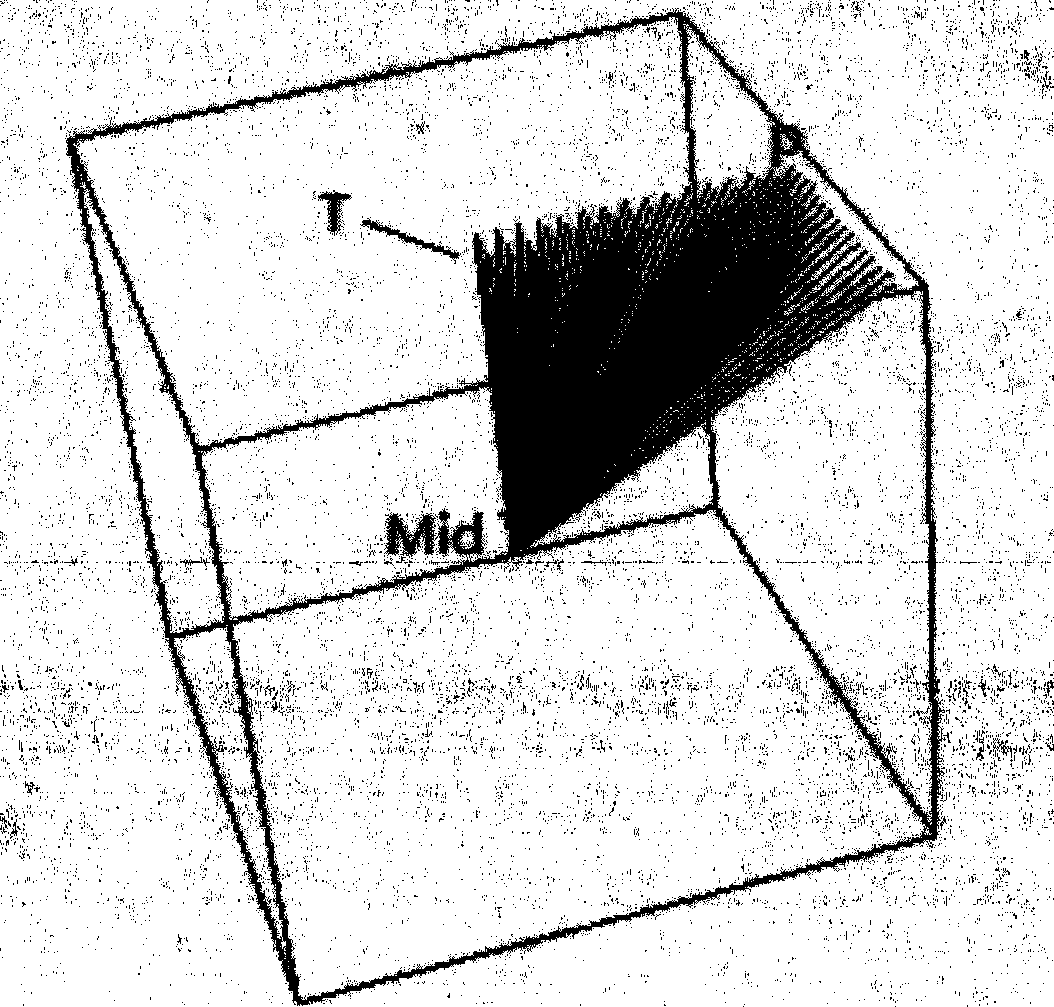Ray principle based cloud data compaction algorithm with boundary reservation
A cloud data and boundary-based technology, applied in the field of data processing, can solve problems such as time-consuming algorithms, and achieve good streamlining and efficiency effects
- Summary
- Abstract
- Description
- Claims
- Application Information
AI Technical Summary
Problems solved by technology
Method used
Image
Examples
Embodiment Construction
[0041] The above and other technical features and advantages of the present invention will be described in more detail below with reference to the accompanying drawings.
[0042] The present invention first assumes that rays are uniformly generated in all directions from the center point of the three-dimensional point cloud model, so that the rays fill the entire three-dimensional space. For the point cloud model in this space, if the distance between a point in the model and its nearest ray is less than a given threshold, the point is regarded as a point that needs to be simplified. It is easy to know: the denser the rays, the larger the threshold, The data points in the 3D point cloud model are easier to be reduced, so the number of rays and other thresholds can be controlled to achieve different degrees of reduction.
[0043] see figure 1 As shown, it is a flow chart of the cloud data reduction algorithm with boundary retention based on the ray principle, and the specific ...
PUM
 Login to View More
Login to View More Abstract
Description
Claims
Application Information
 Login to View More
Login to View More - R&D
- Intellectual Property
- Life Sciences
- Materials
- Tech Scout
- Unparalleled Data Quality
- Higher Quality Content
- 60% Fewer Hallucinations
Browse by: Latest US Patents, China's latest patents, Technical Efficacy Thesaurus, Application Domain, Technology Topic, Popular Technical Reports.
© 2025 PatSnap. All rights reserved.Legal|Privacy policy|Modern Slavery Act Transparency Statement|Sitemap|About US| Contact US: help@patsnap.com



